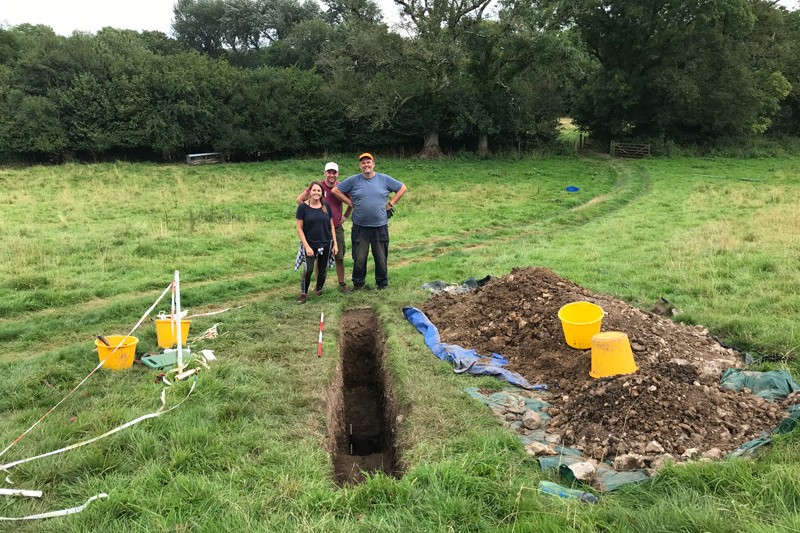A new project to reduce the number of child drowning deaths in Bangladesh is being co-ordinated by Bournemouth University in collaboration with the University of the West of England, Bristol and the Poole-based Royal National Lifeboat Institution (RNLI).
The UK organisations will be working with the Centre for Injury Prevention and Research, Bangladesh (CIPRB) to reduce drownings among newly-mobile children, generally under two years old. The project is funded by the UK National Institute for Health and Care Research (NIHR) using UK aid from the UK government to support global health research.
In Bangladesh, drowning is the leading cause of deaths in children over the age of one. Globally, the country has one of the highest rates of drowning, especially among children.
The risk of drowning in rural areas is twice that in cities, because there are significant numbers of ponds and ditches, creating natural drowning hazards for very young children.
Parents and caregivers have the constant challenge of supervising small children while working, preparing food, or doing household chores. This means that toddlers are often cared for by older siblings.
CIPRB has implemented several effective drowning prevention solutions focused on children over the past 15 years, including a successful daycare model to keep young children safe. However, enrollment and attendance rates for children under two years, those at the highest risk of accidental drowning, have been low.
The team will be working with communities in the north and south of Bangladesh. Utilising human-centred design techniques, they will:
- Identify and prioritise potential solutions
- Develop the ideas into prototype interventions
- Assess the acceptability and usability of the interventions with communities in two regions in Bangladesh.
Professor Edwin van Teijlingen, who will be leading the research for Bournemouth University, said: “It is tragic that so many very young children drown in Bangladesh when so many of those deaths could probably be avoided.
“By working with communities in two distinct areas in the north and south of Bangladesh, we will better understand what might work for different circumstances and environments.
“We anticipate the findings from this research will allow us to test the best interventions in a future trial. If we can show they prevent drowning we can advocate for a national roll-out and policy change.”
Dr. Aminur Rahman, Co-lead of the project from Centre for Injury Prevention and Research, Bangladesh (CIPRB), said, “Bangladesh has already created evidence for child drowning prevention by implementing community-based daycare centres and teaching survival swimming. WHO endorsed these two interventions as best practices to reduce child drowning in low resource settings. But CIPRB identifies that children under two do not want to stay in the day-care centre for over two hours due to social and cultural reasons which makes them vulnerable to drowning. Through this project, we will be able to innovate, design and implement a community-led intervention for the group most vulnerable to drowning in Bangladesh.”
Professor Julie Mytton from the University of the West of England, Bristol who will be supporting the project said, “Most childhood drowning can be prevented. For very young children one way to do this is to keep them away from bodies of water. In Bangladesh, this is particularly challenging, especially during the monsoon season when there are full ponds and ditches everywhere.
“What is exciting about this project is the opportunity to work directly with communities to find the solutions. We can’t assume that what would work in the UK will work in Bangladesh.”
Tom Mecrow, Senior Evidence Manager at the RNLI said, “30% of global drowning deaths occur in South East Asia, with children being disproportionately affected. In 2021 the United Nations adopted a historic resolution calling urgent action to prevent drowning. We hope this research project will identify scalable interventions for young children, with the potential to save many lives in Bangladesh and the region.”
The £1.6m project has been made possible thanks to a grant from the National Institute for Health and Care Research (NIHR) through their Research and Innovation for Global Health Transformation programme. For more information, visit the NIHR website.



